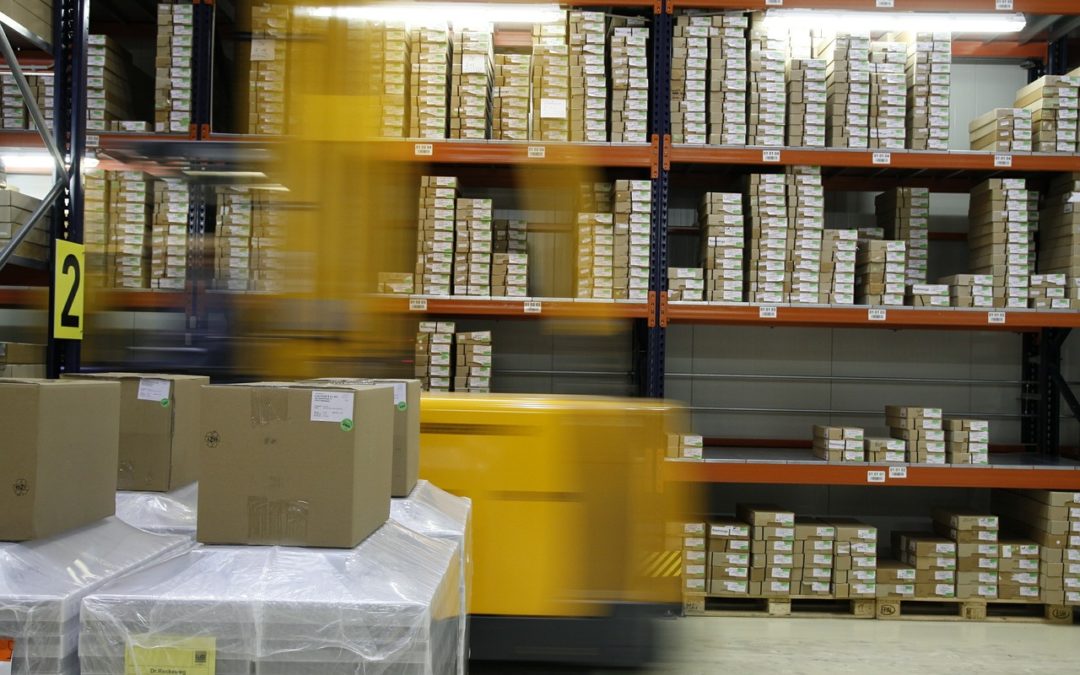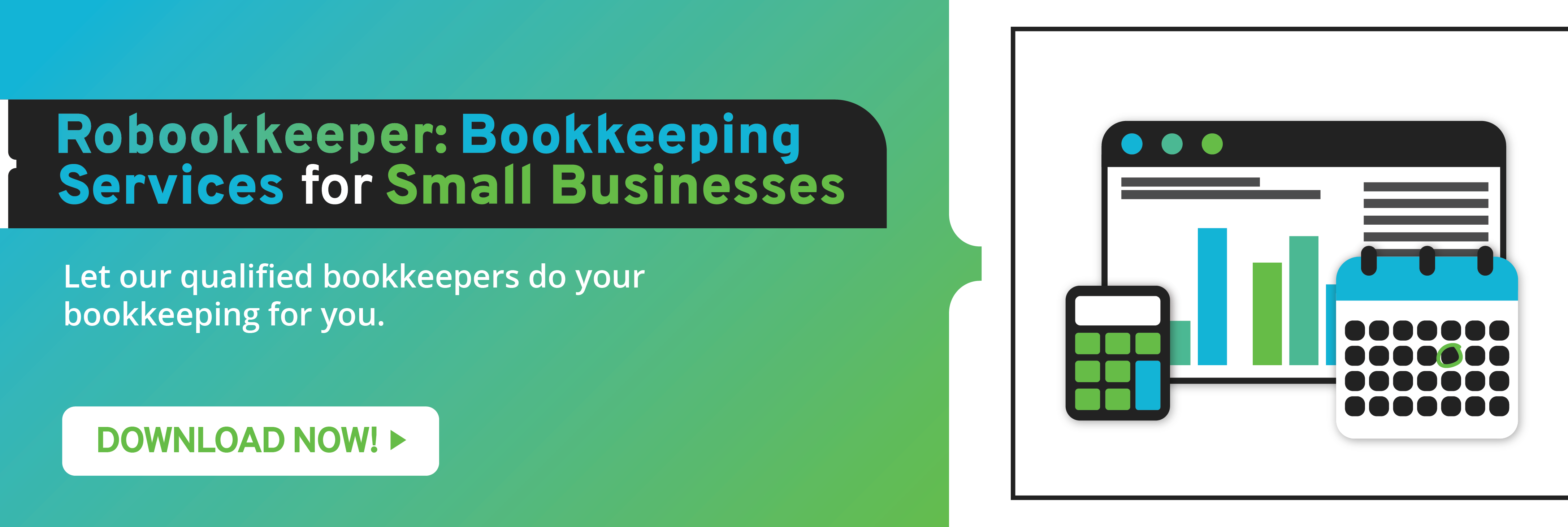Small businesses must allocate and use their resources effectively. The way you manage your inventory can either have a good or bad effect on your cash flow. You should monitor the costs of storing, moving and purchasing inventory. Doing so allows you to manage your resources in an effective manner.
These are inventory costs you must take note of.
Handling Expenses
This inventory cost includes the safe delivery and handling of the goods you purchased to your warehouse. You pay for the tools and labor of the people who moved your items such as the trucks and equipment. Handling expenses cover more than just wages, it also includes benefits extra hours and taxes. You might have to pay extra for moving damaged or fragile inventory.
Obsolescence Costs
There is a possibility that some of your stock becomes obsolete or spoils during storage. This is a possible scenario for items such as food and plants, if not stored properly. Obsolete inventory is expensive because you get no money back. You incur other costs such as storage and handling. These could remain in your warehouse for weeks or months, if you fail to move them quickly. Find ways to sell perishable goods before they become obsolete. Trying posting online or using various online platforms.
Storage and Space
You need a warehouse or at least a sizable storage space for your inventory. These have costs such as rent, maintenance, cooling, security and others. You also have to pay for staff that works there to keep your goods in proper condition. These expenses accumulate and have a direct effect on your small business’ cash flow.
Capital Costs
The capital cost covers one-time expenses for carrying and storing purchased goods. These include the lot for the warehouse, equipment, trucks, the building and others. You also have to account for the interest you incurred for making an investment for storage space.
Investment
You need a good sum of money to buy the stock you need to meet the demand of your customers. In some cases, you overstock or the demand is higher than the supply. You need to have a forecast of what sells and what doesn’t. You need to implement an effective inventory management system to reduce costs. If you miscalculate, you might not get the return on investment you desire.
These are some inventory costs you need to consider. Factoring these in your budget and financial plans allows you to maintain good cash flow and manage inventory properly. We at Robookkeeper can provide you with first-rate bookkeeping services. You can also send us an email via [email protected].



